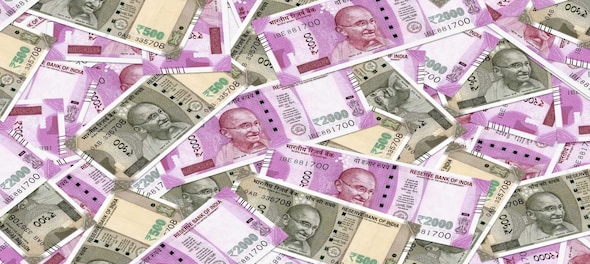
Finance Ministry’s Department of Expenditure (DoE) has recently issued a memorandum formalising the implementation of the recent 7th Pay Commission rate hike.
Live TV
Loading...
Earlier, the Union Cabinet increased the Dearness allowance (DA) of the Central government employees by 4 percent, taking it to 38 percent from 34 percent. The Cabinet also announced a similar hike in dearness relief (DR) for pensioners.
Dearness Allowance (DA) is the cost-of-living adjustment allowance the government pays to the employees of the public sector as well as pensioners of the same. On the other hand, Dearness Relief (DR) is the same as an allowance but is given to central government pensioners.
Here are key things to know about the DA/DR hike:
When will the new rates come into effect?
The additional instalment of Dearness Allowance and Dearness Relief to central government employees and pensioners will be effective from July 1, 2022.
This will benefit about 41.85 lakh central government employees and 69.76 lakh pensioners.
How is DA/DR calculated?
The hike of 4 percent is applicable to the basic pay of government employees/pensioners.
The term ‘Basic Pay’, for calculation of DA, in the new structure means the salary drawn as per the applicable Level in the Pay Matrix as prescribed by the 7th Pay Commission recommendations accepted by the government. Basic Pay excludes any other emoluments, such as special pay etc.
For Central Government employees: Dearness Allowance percent = ((Average of AICPI (Base Year 2001=100) for the past 12 months -115.76)/115.76) *100
AICPI stands for All India Consumer Price Index.
Dearness Allowance percent = ((Average of AICPI (Base Year 2016=100) for the past 3 months -126.33)/126.33) *100
What happens when DA/DR allowance involves fractions of 50 paise?
The Department of Expenditure said that the payment on account of dearness allowance involving fractions of 50 paise and above might be rounded to the next higher rupee. The fractions of less than 50 paise may be ignored.
Why govt revises DA/DR?
The government usually revises the DA/DR rate every six months. This is done to compensate for the loss in purchasing power of the monthly salary/pension wealth due to inflation.
How is DA/DR different from house rent allowance (HRA)?
DA/DR is calculated as a specific percentage of the basic salary, which is then added to the basic salary along with other components like HRA.
HRA, meanwhile, is the salary component given by an employer to an employee to meet expenses related to the renting of accommodation. This applies to both private and public sector employees.
Is DA/DR taxable?
DA paid to employees is fully taxable with salary. The Income Tax Act mandates that tax liability for DA and salary must be declared in the filed return.
Check out our in-depth Market Coverage, Business News & get real-time Stock Market Updates on CNBC-TV18. Also, Watch our channels CNBC-TV18, CNBC Awaaz and CNBC Bajar Live on-the-go!


View | Congress manifesto vs BJP's wealth redistribution narrative — is it something out of nothing
May 2, 2024 9:10 AM
Two days left for filing nomination, Congress undecided on candidates for Amethi and Rae Bareli seats
May 2, 2024 7:32 AM
Lok Sabha polls: Polling time in Telangana increased by an hour, here's why
May 2, 2024 6:55 AM

